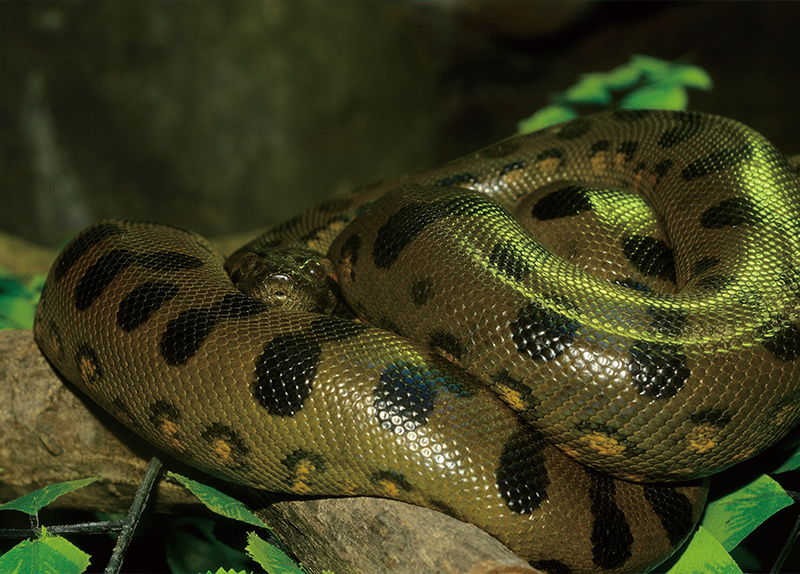
Researchers investigating the genetic makeup of anaconda species in South America for nearly two decades made a surprising discovery in the heart of the Amazon rainforest. The green anaconda (Eunectes murinus), previously categorized as a single species, comprises at least two genetically distinct types.
The findings, published in the scientific journal Diversity, shed light on the genetic difference between the now two species. According to Australian biology professor Brian G. Fry, who spearheaded the study, the research team had traveled to the Ecuadorian Amazon to study the anacondas as an indicator species for understanding the environmental impact of oil spills in the Yasuni region of Ecuador.
Fry’s team captured remarkable footage of the massive snakes, some over 6 m long and weighing around 200 kg. Despite their visually identical appearance, genetic analysis revealed that the green anacondas inhabiting Ecuador and those found further south were markedly different, with a 5.5 percent genetic divergence. To put into perspective how significant this divergence is, humans have only a 2 percent difference from chimpanzees.
According to the scientists, the two anacondas began diverging approximately 10 million years ago. Even more astonishing is that despite this significant period of genetic disparity, both species appear indistinguishable to the naked eye. Fry proposes naming the newly identified northern green anaconda as Eunectes akiyama while dubbing Eunectes murinus the southern green anaconda.
The implications of this discovery extend far beyond scientific curiosity, having reverberating effects on the conservation efforts in the region. Each species may require different habitats and ranges and face varying threats, necessitating tailored conservation strategies. As the rainforest faces escalating threats from deforestation, habitat degradation, and climate change, preserving its rich biodiversity has never been more critical.